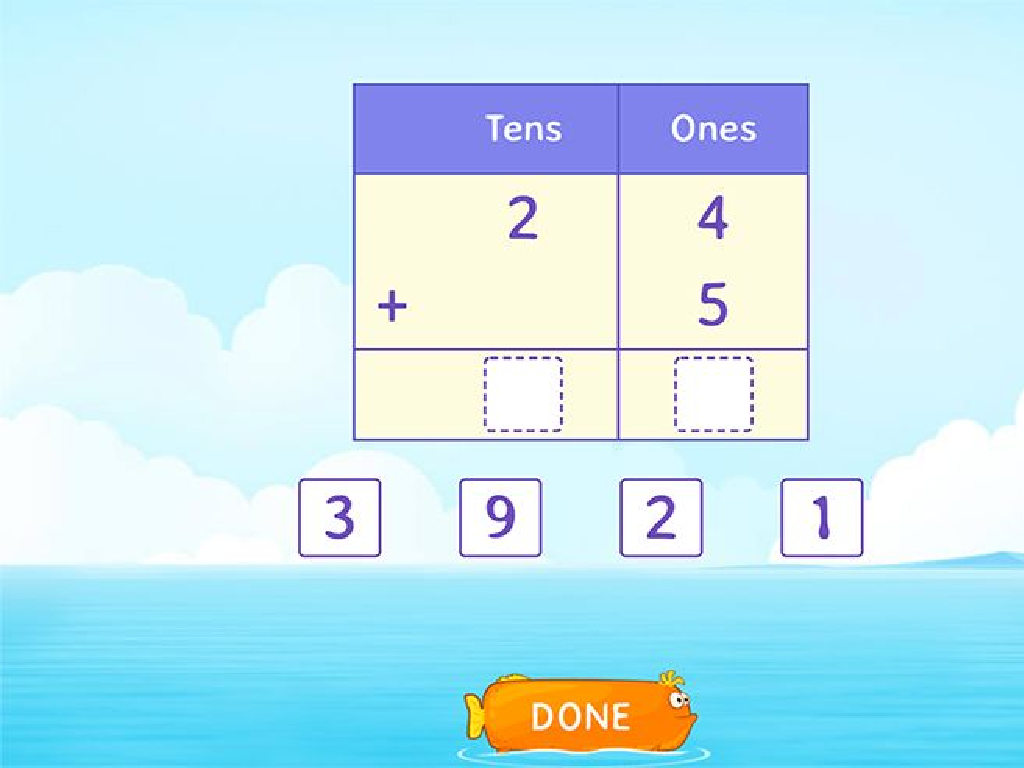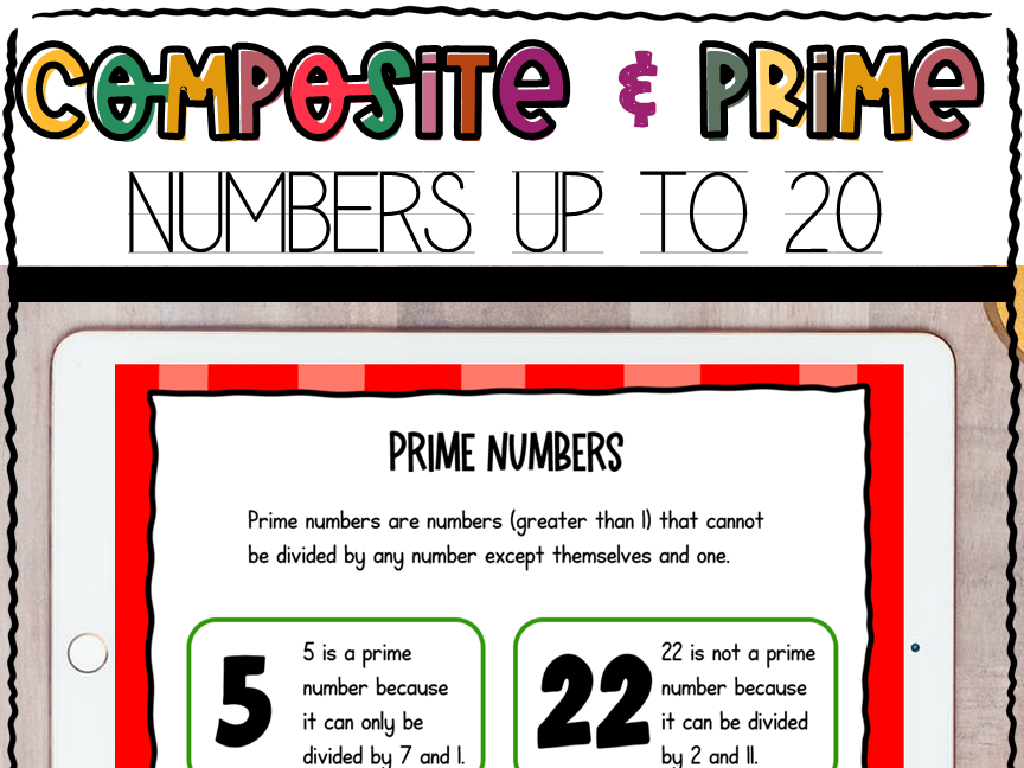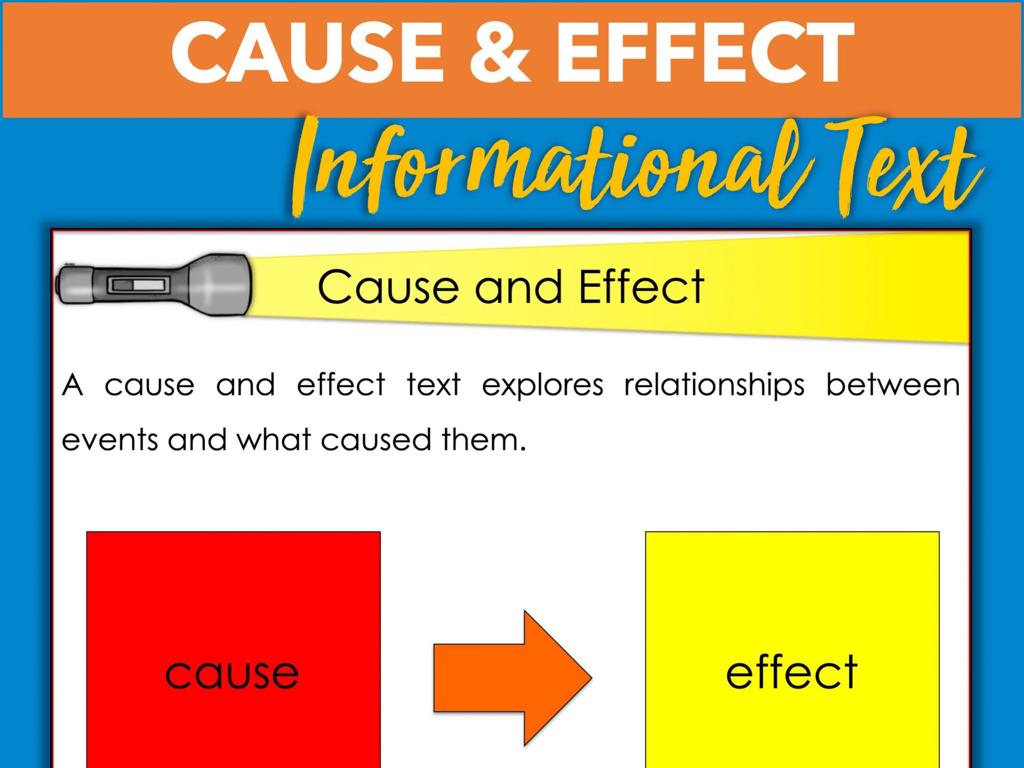Word Pattern Analogies
Subject: Language arts
Grade: Fourth grade
Topic: Prefixes And Suffixes
Please LOG IN to download the presentation. Access is available to registered users only.
View More Content
Exploring Prefixes and Suffixes
– What are prefixes and suffixes?
– Prefixes/suffixes are added to words to change meaning.
– Examples: Prefix ‘un-‘
– ‘un-‘ means ‘not’: unhappy = not happy
– Examples: Prefix ‘re-‘
– ‘re-‘ means ‘again’: redo = do again
– Examples: Suffix ‘-ness’
– ‘-ness’ turns adjectives into nouns: happiness = state of being happy
|
This slide introduces the concept of prefixes and suffixes to fourth-grade students, providing a foundation for understanding how words are formed and how their meanings can be modified. Prefixes are added to the beginning of a word to alter its meaning, while suffixes are added to the end. By using common examples like ‘un-‘, ‘re-‘, and ‘-ness’, students can see how these word parts change the meaning of base words. Encourage students to think of other words they know that use these prefixes and suffixes. This understanding will help them decode unfamiliar words and expand their vocabulary.
Exploring Word Patterns with Prefixes and Suffixes
– Prefixes modify word meanings
– ‘Un-‘ in ‘unhappy’ means not; ‘unhappy’ means not happy
– Suffixes alter word classes
– ‘Ful’ in ‘hopeful’ turns the noun ‘hope’ into an adjective
– Crafting new words with affixes
– Combine ‘re-‘ (again) with ‘write’ to make ‘rewrite’
– Practice with word analogies
– Use patterns to form analogies: ‘happy’ is to ‘unhappy’ as ‘known’ is to ‘unknown’
|
This slide introduces students to the concept of prefixes and suffixes and how they can dramatically change the meanings and functions of words. Prefixes are added to the beginning of a word to create a new word with a different meaning, while suffixes are added to the end of a word to change its part of speech. Encourage students to think creatively and experiment with different prefixes and suffixes to form new words. Provide examples and engage them in practice with word analogies to solidify their understanding. This activity will enhance their vocabulary and comprehension skills.
Exploring Word Pattern Analogies
– What are word analogies?
– Analogies show how words are related. Like ‘up is to down as hot is to cold’.
– Prefixes and suffixes examples
– ‘Unhappy’ to ‘happy’ as ‘redo’ to ‘do’. ‘Un-‘ and ‘re-‘ are prefixes changing word meaning.
– Boosting vocabulary with patterns
– Understanding patterns helps guess new word meanings and expand word knowledge.
– Recognizing patterns in words
|
This slide introduces the concept of word pattern analogies, focusing on the use of prefixes and suffixes. Word analogies help students understand the relationship between words, enhancing their reasoning skills. By providing examples, such as how adding ‘un-‘ to ‘happy’ creates its opposite, students learn how prefixes and suffixes alter word meanings. Emphasize the importance of recognizing these patterns to deduce the meanings of unfamiliar words, which is a key strategy in vocabulary development. Encourage students to practice with additional examples and to look for patterns in their reading material.
Practice with Prefixes
– Adding prefixes to base words
– Prefixes like ‘un-‘, ‘re-‘, and ‘pre-‘ modify base words
– How prefixes change meanings
– ‘happy’ to ‘unhappy’ shows a shift to the opposite meaning
– Activity: Crafting new words
– Use prefixes to make new words from a list of base words
|
This slide introduces the concept of prefixes and how they alter the meanings of base words. Start by explaining what prefixes are and provide examples. Discuss common prefixes such as ‘un-‘, ‘re-‘, and ‘pre-‘ and how they change the meaning of words they are attached to, for example, ‘do’ becomes ‘undo’, indicating a reversal of the action. For the activity, provide students with a list of base words and a set of prefixes. Ask them to create new words by combining them and then write sentences using those new words. This will help them understand the concept of prefixes in a practical way. Possible activities could include matching games, word creation challenges, or sentence writing exercises.
Suffixes: Expanding Our Vocabulary
– Adding suffixes to base words
– Suffixes like -ful or -less change the meaning of a word, e.g., ‘hope’ to ‘hopeful’ or ‘hopeless’.
– How suffixes change word classes
– A noun can become an adjective, like ‘joy’ to ‘joyful’, showing the word’s class change.
– Create new words using suffixes
– Use suffixes -ful, -less, -ly, or -ness to make new words from ‘care’, ‘joy’, ‘help’, ‘hope’.
– Understanding word patterns
|
This slide is designed to help students practice using suffixes and understand how they can change the meaning and class of a word. Begin by explaining what a suffix is and how it can be added to the end of a base word to create a new word. Discuss examples of how adding different suffixes to the same base word can change its class, such as turning a noun into an adjective. For the activity, provide students with a list of base words and a set of suffixes. Ask them to create new words by combining them and then write sentences using those new words. This will help them see the practical application of suffixes in language. Possible activities could include creating a word puzzle, writing a short story using the new words, or drawing pictures to illustrate the new words.
Building Word Pattern Analogies
– Forming analogies with prefixes/suffixes
– Use prefixes/suffixes to change word meanings
– Example: happy : unhappy :: agree : disagree
– ‘un-‘ means not, so unhappy means not happy
– Create your own word analogies
– Think of a word, then add a prefix/suffix to make its opposite
– Share and discuss with the class
|
This slide introduces students to the concept of word pattern analogies, focusing on the use of prefixes and suffixes to alter the meanings of words. Start by explaining that a prefix is a group of letters added to the beginning of a word to change its meaning, while a suffix is added to the end. Use ‘happy’ and ‘unhappy’ as clear examples to illustrate how ‘un-‘ changes the meaning to its opposite. For the class activity, encourage students to pick words and form their own analogies by adding prefixes like ‘un-‘, ‘dis-‘, ‘re-‘, or suffixes like ‘-less’, ‘-ful’. Have them write down their analogies and prepare to share with the class. This will help them understand how word structures can change meanings and how to use this knowledge to understand new vocabulary. Provide guidance and ensure each student has a chance to participate.
Class Activity: Analogy Challenge
– Pair up for analogy creation
– List word pattern analogies
– Find patterns using prefixes and suffixes
– Share with the class
– Discuss the best analogies
– Why do some analogies make sense?
|
This activity is designed to encourage collaborative learning and critical thinking about word patterns. Students will pair up to create a list of analogies using their knowledge of prefixes and suffixes. They will then present their analogies to the class, fostering public speaking and presentation skills. Following the presentations, the class will engage in a group discussion to determine which analogies were most effective and why, promoting analytical thinking and a deeper understanding of language structure. For the teacher: Prepare a list of prefixes and suffixes as a reference for students. Suggest starting with simple base words and building from there. Provide examples of analogies like ‘happy:unhappy::fortunate:unfortunate’ to guide them. Have a few backup activities ready, such as matching or fill-in-the-blank exercises, in case some students finish early or need extra support.
Conclusion: Prefixes, Suffixes, and Analogies
– Recap: Prefixes and Suffixes
– Review how prefixes/suffixes alter word meanings
– Why they matter in language
– Understanding them improves reading comprehension
– Homework: 5 new words with analogies
– Find words, use them in analogies to show understanding
– Get ready to share your findings!
|
As we wrap up, let’s review the key concepts of prefixes and suffixes, which are essential building blocks of words. Understanding them helps us decipher new words and enrich our vocabulary. For homework, students should find five new words that include prefixes or suffixes and create analogies with them. This exercise will reinforce their understanding and application of the concepts. In the next class, students will share their words and analogies, fostering a collaborative learning environment where they can learn from each other’s examples.






